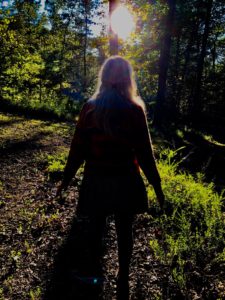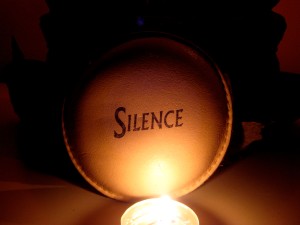
– Photo by Chuck Ketchel
I define Astralogy (‘As-tral-o-gy) as the study of all things astral. My studies in the exploration of consciousness—from shamanism, depth psychology, to spirituality—led me to the utility of this ancient Hindu knowledge in identifying the known dimensions of life beyond the physical body. The astral body is the essence of human life during its entwined sojourn with its earthly traveling companion, the physical body.
The astral dimension is the first subtle, or spirit, dimension beyond the physical dimension of everyday life. The astral body is the soul body, directly attached to the physical body, which is capable of disengaging from the physical and partaking in activity on the subtler spirit dimension of the astral plane. This is often the activity that takes place in dreaming.
When fully attached to, or in coincidence with, the physical body, the astral body aligns, through its chakras, with the nervous centers of the physical body, as it runs every aspect of human life from its mental and emotional dimensions.
The life force energy that sustains physical life has been called prana. Prana is taken into the physical body through food, breath, and the astral body, which absorbs prana more freely when in the astral plane, disengaged from the physical. This energy is then transmitted through the chakras to the physical body.
The astral body has many names, including: the double, the soul, and the dream body. The designation of double refers to its shape, the exact replica of the physical body, composed of subtler energy, appearing visually as phosphorescence or luminosity, such as appears when seeing an aura. When fully in-body, the astral and physical bodies cozy up to each other as intimate symbiotic partners.
The assignment of the designation of soul refers to the fact that at the time of physical death the cord to the physical is broken and the astral issues forth, unattached, into the astral domain. This soul body that leaves contains the mind, emotions, identity and experiences of the life just lived. Much like a crustacean sheds its limiting outer shell to expand, the human physical body is shed at death, as its companion soul launches into infinity.
The astral body functions as the dream body when we sleep, as it separates from the physical body in a process called discoincidence, often experienced as a falling sensation when drifting off to sleep. From this disengaged place, the astral body is freed from its limited function when in-body, which is to literally conform itself to running the operations of the physical body, largely through the subconscious, which is housed in the mind of the astral body.
The dream body in this discoincident state both recharges in a greater field of prana from the astral dimension and has the capacity to become conscious and project itself, through intent, to various physical locations throughout the universe, as well as to locales in the astral dimension. This is the basis of out-of-body travel, channeling, and remote viewing.
Waking experience of the astral body reflects in our thoughts and feelings. Anyone in deep concentrated thought is generally in a frozen, barely-breathing state, impervious to physical surrounding. Although this would register in certain brainwave states, with activity obvious in a brain scan, in this case, the brain is merely the hard drive for the mind, which is seated in the astral body. The absentminded professor is literally an astral body fumbling through the physical world.
Activated emotional states issue from subconscious defense or offense programs in the astral body as well, spurring the physical body to activity. Some of that ‘will to action’ is at the behest of the conscious ego, which itself is part of the astral body, however the subconscious will is the true engineer of both physical and astral movement.
What distinguishes conscious from subconscious will is its ability to tailor its suggestions to the subconscious will. The subconscious will lacks this intentional ability, it acts simply by the power of suggestion, be that originating from desire, habit or archetype. However, it is the subconscious will that turns on the body programs of action, wherever the suggestion might originate from. All things mental and emotional, regardless of how physically experienced, originate from and are part of, the astral body.
All forms of dissociation in waking life depict slipping into the astral body, out of phase with the physical. This can happen in blunt trauma, where the astral is protected by projecting itself a distance away from the physical upload of overwhelming sensory data, observing from a detached distance.
This can happen while walking, running or driving, when the astral subconscious takes over the operation of the body, while the dream body projects into the astral territory of thought and fantasy. Just look into the eyes of someone you are talking to and ask yourself the question: Are they really listening or are they elsewhere, in astral-land, with their subconscious directing their ‘knowing’ nods?
Though many seek to explore the far ranging possibilities of discovery and encounter in astral travel, it is perhaps best to begin by getting to know the astral in its everyday presence in physical life. After all, we have all of infinity to partake in the unfolding discovery of everything, but in this moment in time and space we decided to partner, intimately, with a physical life.
That partnership deserves the fullest recognition and exploration, as the limits it offers provide extraordinary experience that we will carry with us into infinity to great advantage.
In coincidence,
Chuck


